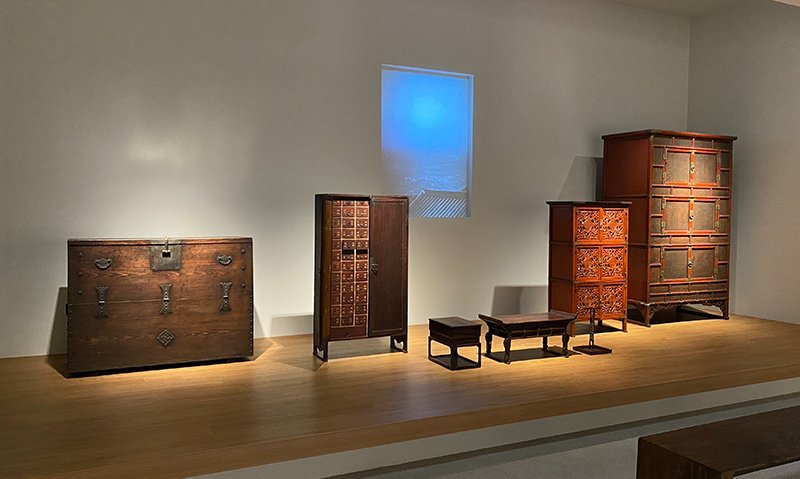By Honorary Reporter George Barker from United Kingdom.
Photo by: Yves Pintaud.
Yves Pintaud’s passion for Korean antique furniture began in Seoul in the mid-1980s, that was when he first arrived in Korea, and eventually decided to leave France and settle there in 1986. What started as a new chapter in his life gradually turned into a new discovery. He soon found himself fascinated by the artistry of traditional Korean antique furniture. To learn more about his journey, an email interview was held with Yves from August 10 to 18, 2025.
“Korean antique furniture is undeniably distinct from that of neighbouring countries such as China and Japan. What impressed me most is how such a unique style could emerge from a relatively small country with a modest population. Although construction methods often parallel those of its neighbours, the design language and finishing techniques of Korean furniture are highly distinctive and seldom found elsewhere,” said Yves.
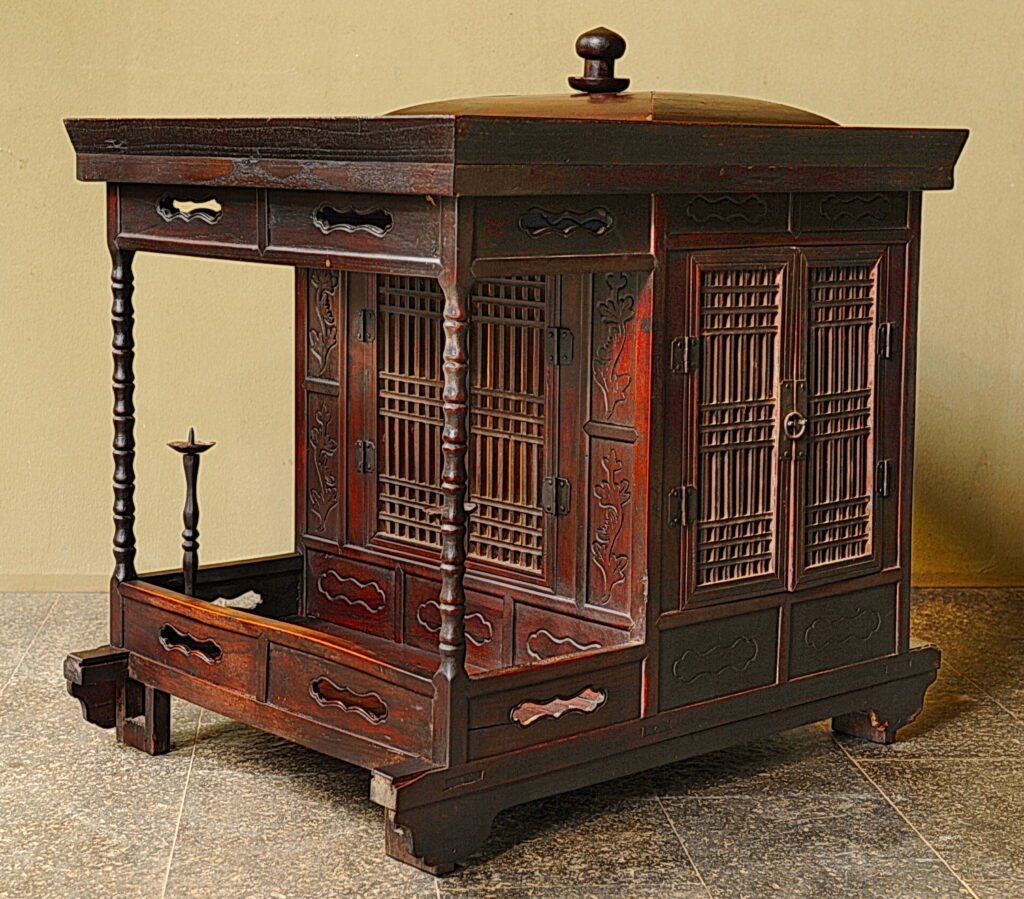
Over the next five years, he built strong relationships with local antique dealers, seasoned merchants, and skilled furniture restorers. Through these connections and experiences, his personal collection slowly began to take shape. Each piece he acquired added another layer to his understanding and appreciation of Korean design traditions. “What started as a humble pursuit gradually deepened; with time, experience, and knowledge, the collection itself evolved, reflecting both my growing understanding and my enduring passion for Korean furniture,” he said.
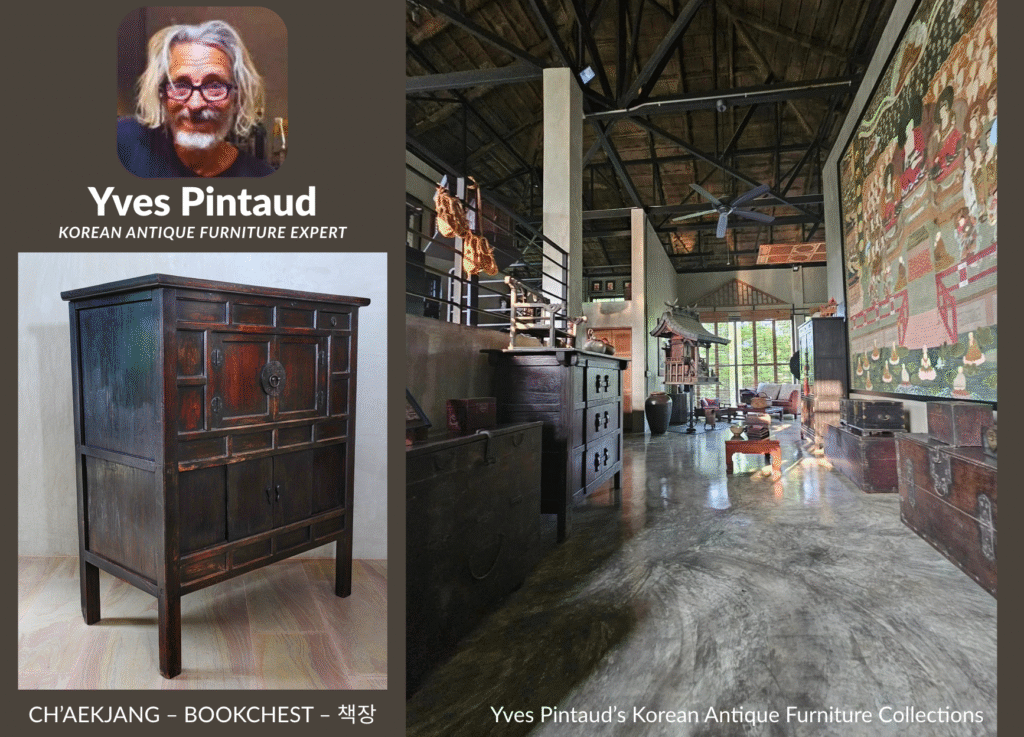
In 1991, Yves moved to Bangkok, Thailand, with his wife. Together, they opened an Asian antiques gallery that soon gained a reputation for its rare focus on Korean furniture. Their gallery not only introduced local collectors to Korea’s distinct furniture heritage but also became a quiet ambassador for its understated beauty.
The gallery eventually closed its doors in 2019, but through his eagerness to share the knowledge and insight he had amassed over more than three decades, Yves turned to the digital world. In 2020 he create a Facebook group called “Korean Antique Furniture”. The group quickly gained attraction, drawing in enthusiasts, collectors, and curators from around the world. The group members talked about all kinds of Korean antique furniture, from Ton-Kwe the coin chest, Bandaji chest, to Yak Jang, a medicine chest and much more. Often, members posted pictures of their own furniture and asked Yves or other member to help them identify and verify its authenticity and whether it originates from Korea or not.
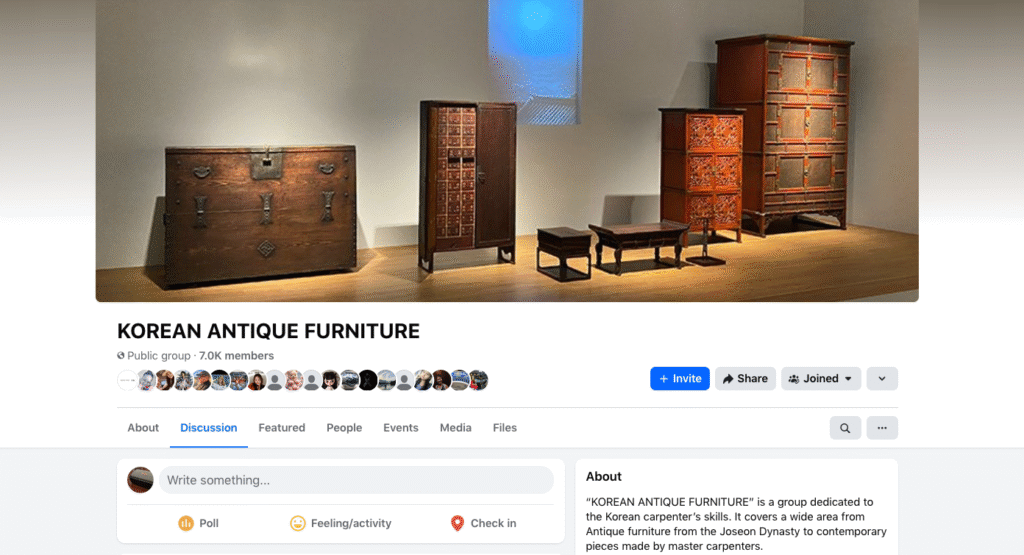
“The majority of our members are based in the United States and Korea, with a notable presence from Europe as well. With a total of around 7,000 members, the group has become a lively forum for exchange, generating a steady flow of inquiries and discussions,” he said.
While most of the furniture shared and discussed within the group dates to the post-Joseon period, with many mid-20th-century pieces that have been carefully restored or reproduced, Pintaud himself has always been drawn to older, original works. “I particularly like pieces from the mid to late Joseon dynasty,” he said, referring to 19th-century works known for their authenticity and superior craftsmanship.
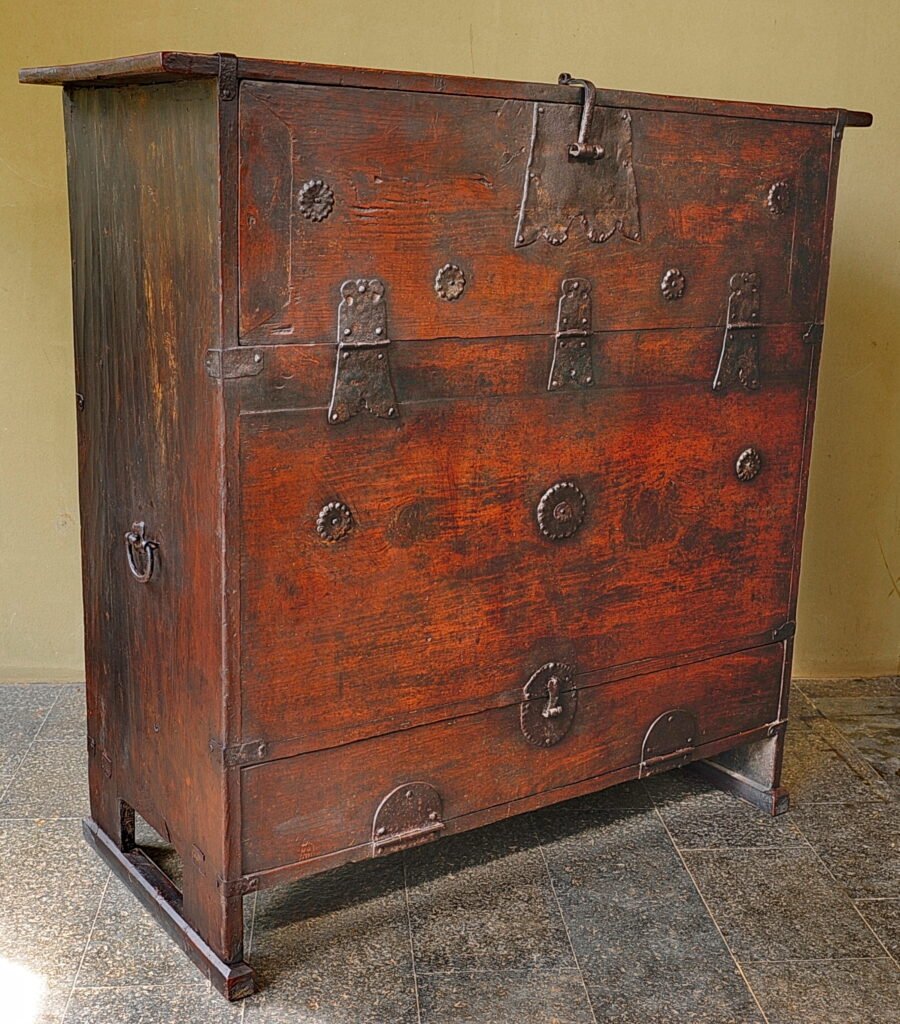
Reflecting on his own journey as a collector, Yves said, “In the beginning, I had only modest means. My first purchases were humble. But as I learned more, my tastes matured, and the collection evolved.” Over the years, he began selling earlier pieces in order to acquire others that better reflected his deepening knowledge. The collection itself evolved, reflecting both his growing understanding and his enduring passion for Korean furniture.
When it comes to sourcing Korean antiques today, options have broadened significantly. While Korea was once the only reliable place to find authentic pieces, collectors now also turn to galleries, online platforms, and auction houses. Yves believes the finest examples are often best found at the source in Korea itself. “Prices are largely determined by market demand, condition, and age,” he said.
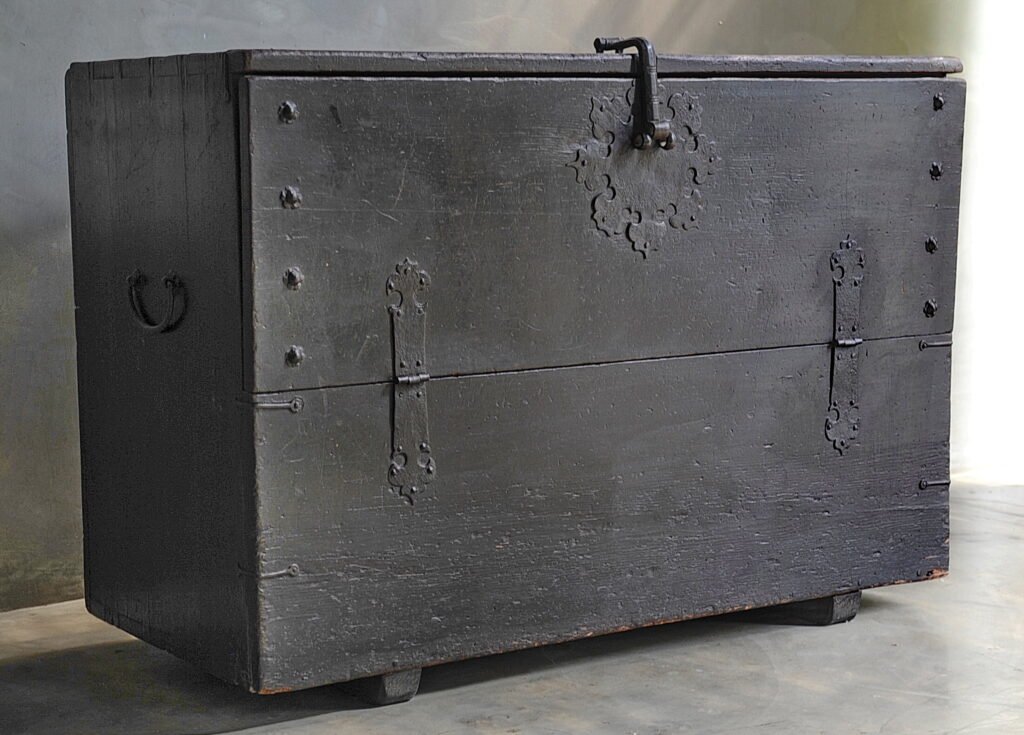
When asked about how he authenticates a piece, Yves explains that it is as much about art as science. He begins by examining the type of wood, the joinery techniques, and the overall proportions, all of which hint at the object’s age and origins. The surface finish, the patina, and even signs of past repairs can offer valuable clues. “Handling pieces over time has trained my eye,” he said. “Photographs and descriptions can only tell you so much. There’s no substitute for experience.”
At the end of the interview, his advice to those just beginning their journey into Korean antique furniture, “Don’t believe in “miracle finds” or stories that seem too good to be true. Always trust your eyes over your ears, the piece itself will tell you far more than words. Most importantly, enjoy the process of discovering, comparing, and handling furniture, because that experience will guide you toward making wiser and more rewarding choices.”
Another thing we learned from this interview, is that the more than three decades of Yves Pintaud’s dedication to Korean antique furniture has helped preserve and promote Korea’s rich tradition in Korean Furniture. We hope that with the increase in Korean furniture enthusiasts that have joined his community, that more people will learn about the history and the beauty of Korean antique furniture.

